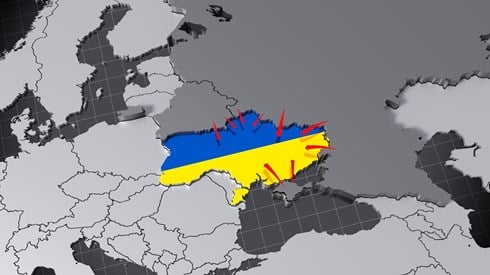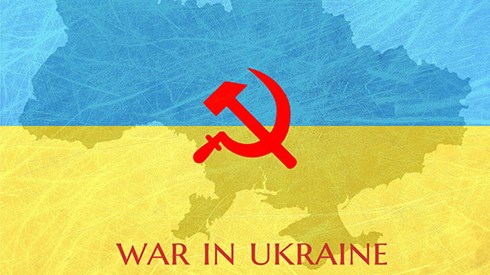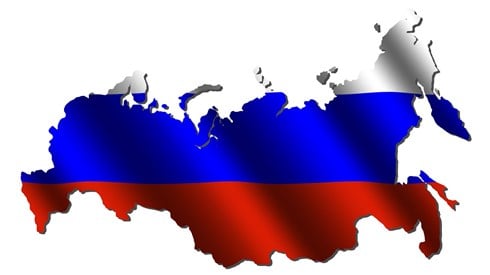Russia-Ukraine Conflict Adds to Reinsurers' Challenges as 2022 Begins

April 04, 2022

While the Russia-Ukraine conflict will add uncertainty and increase earnings volatility in global reinsurers' specialty lines, the direct exposure to those reinsurers' assets is minimal, according to S&P Global Ratings.
Given that limited direct asset exposure to events in Russia and Ukraine and the strength of those global reinsurers' capital adequacy, the conflict should not lead to deterioration of their credit quality, an S&P report says.
The conflict is, however, one more factor contributing to a challenging start to 2022 for global reinsurers, the rating agency suggests.
In the March 31, 2022, S&P Global Ratings report, titled Russia-Ukraine Conflict Adds to a Bumpy Start to 2022 for Global Reinsurers, the rating agency says that for most of the top 21 global reinsurers it rates, asset exposure to Russia and Ukraine is not material, representing less than 2 percent of their total adjusted capital and 1 percent of their total assets.
"However, on the liability side, we believe reinsurers are more exposed to the conflict, particularly in specialty lines, the industry segment that writes more difficult or unusual risks, such as war risk, political violence, and cyber risk," the S&P report says.
The rating agency suggests that global reinsurers will likely assume about half of the specialty insurance losses arising from the conflict, with the amount assumed by reinsurers varying by line of business because some lines are more reinsured than others.
Examining several possible scenarios, the S&P report suggests that specialty lines losses resulting from the Russia-Ukraine conflict could range from $16 billion to $35 billion, with total losses for the top 21 global reinsurers ranging from $8 billion to $17.5 billion.
S&P says that its scenario analysis suggests that specialty lines losses are likely to be an earnings event for most reinsurers and possibly a capital event for a few, given the large natural catastrophe losses occurring during the first quarter of 2022.
Among the specialty lines likely to be affected, aviation insurance appears set to face a significant loss this year due to US and European sanctions on Russia and Russia's response of not returning leased aircraft that are currently on the ground in Russia. According to reports, more than 500 commercial aircraft have been leased to Russian airlines by international lessors as of the start of Russia's invasion of Ukraine.
"We believe it may take many years to settle the ultimate losses incurred by aircraft leasing companies, insurers, and reinsurers," the S&P report says.
In addition to aviation, other specialty lines potentially exposed to losses resulting from the Russia-Ukraine conflict include trade credit, political risk, cyber, political violence, and marine hull war, S&P says.
The S&P report suggests that first-quarter losses reduce buffers that would have helped increase the global reinsurance sector's stability heading into this year's hurricane season. Consequently, those large losses during 2022's first 3 months will further harden reinsurance renewals in 2022 and potentially into 2023, S&P says.
In addition to the first quarter's losses, rising inflation—in particular, claims inflation—is an issue for the global reinsurance sector, the S&P report says. S&P says its economists expect world inflation of 6.0 percent this year. Longer-tail casualty lines are more sensitive to inflation than shorter-tail lines, S&P says. Reinsurers might benefit from inflation in their investment portfolios, however, as central banks raise interest rates to rein in inflation, the rating agency says.
"We will continue to carefully watch claims inflation versus general inflation, which could create some additional volatility for long-tail reserves for reinsurers' earnings in 2022," the S&P report says.
"This bumpy start to 2022, as well as rising inflation that will hit both the asset and the liability side, means the industry is likely to find it difficult to meet its cost of capital once again in 2022," the S&P report says. S&P notes that 2021 was the fourth year in the past 5 in which the global reinsurance sector failed to earn its cost of capital.
"As a result, we maintain our negative outlook on the global reinsurance sector," S&P says. "This reflects our expectation of credit trends over the next 12 months, including the current distribution of rating outlooks, existing sector-wide risks, and emerging risks."
The report notes that as of March 31, 29 percent of S&P's ratings on the top 21 global reinsurers had negative outlooks, 57 percent had stable outlooks, and 14 percent were positive on S&P's CreditWatch with positive implications.
S&P notes that over the past 5 years, elevated natural catastrophe and pandemic losses; adverse trends in some US casualty lines such as general liability, professional lines, and auto liability; and a competitive environment have contributed to weak underwriting results in the global reinsurance sector. That's led to a hardening of reinsurance pricing in recent years through January 2022 renewals, with the magnitude of those price increases varying by line of business, loss experience, and region.
Those price increases have led to the top 21 global reinsurers' accident year combined ratio—excluding natural catastrophes and reserve developments—improving by about 4 percentage points since 2017, S&P says.
"We expect this positive momentum in reinsurance pricing to continue throughout 2022, with tightening terms and conditions further influenced by the magnitude of the Russia-Ukraine conflict losses," the S&P report says.
S&P says it could revise its outlook for the global reinsurance sector to stable if it believed reinsurers could consistently earn their cost of capital. Their ability to do so would depend largely on continued hardening of reinsurance prices through 2022 and the sector's preparedness in managing volatility from natural catastrophes and man-made losses, including claims resulting from the Russia-Ukraine conflict, the rating agency says.
April 04, 2022






